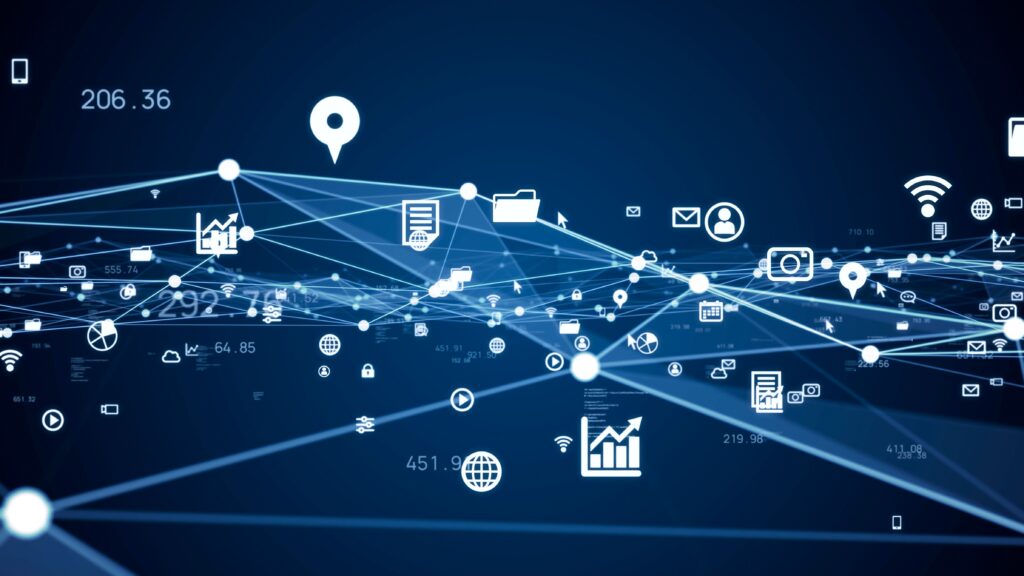Much of healthcare IT has a tendency to focus on the activities that take place within hospitals and health systems. This is largely a reflection around how we manage disease in the United States. Most patients are treated by physicians or healthcare providers (think DOs, NPs, RNs, etc) within an inpatient or outpatient setting that is primarily concerned with diagnoses and treatment plans within the allopathic medicine model. (We’re not here to argue the pros and cons of this reality…it is what it is.) But with the realization of the importance of mental health, social and economic support, and practical assistance to aid overall patient outcomes, there are other “non-traditional” providers (i.e. not medical doctors) involved in population health that are increasingly visible and vital in the care continuum. Today we’re going to consider how connecting non-traditional providers can transform the patient experience via some very cool, very simple healthcare IT tools.
Secure messaging between disparate providers
Think about how powerful it would be for a long-term health care provider (as an example of our “non-traditional” providers in the healthcare IT realm) to be able to send a secure, encrypted message to a physician involved in the care of a mutual patient. When long-term facilities are critical in ensuring adherence to medication schedules and complying with physical therapy regimens, having a truly secure access point to the medical doctors overseeing these orders can be pivotal in outcomes and patient quality of life. Until Direct Secure Messaging is used between all providers involved in patient care (i.e. focusing on inboxes accessible only within the big EHRs), text messages containing PHI are going to be a better choice (gasp!) than following fuzzy instructions on a paper fax.
While secure messaging may feel like a technological step back to some, it must not be overlooked because it’s less flashy or sexy. The simplicity of a dedicated, secured inbox that provides access to a network of providers across a community and beyond health system walls can make all the difference in connecting the team responsible for shared patients and clients. Social workers, for example, require a very different set of tools and modules than do busy ED nurses and physicians. So why should their toolset be a barrier in effectively communicating for questions about medications/dosage, follow up instructions, referrals, etc.? It shouldn’t, of course. But it is.
So, let’s fix that.
If you schedule it, they will come…if they can get a ride
Having seen community care up close, it’s more obvious than ever how things like reliable transportation can have a significant impact on medical care and prognosis. A hospital may have all the best equipment and staff around, but if the most at-need populations cannot access those services, there is a massive disconnect. Transportation programs that provide taxis, volunteer drivers, and specialized medical transport buses/vans are not only part of the care continuum, in many cases they’re the difference between care even happening in the first place. Leveraging a nimble toolset of APIs and technologies to connect these providers with hospitals, shelters, group homes, long-term care facilities, etc. may reduce some of the strain and cost on EMS providers, especially when it’s a non-emergent need. Knowing that a patient requires transportation to adhere to treatment plans and appointment schedules can be incorporated into the symphony of care delivery, minimizing barriers to health and wellness, and better connecting the community to meet practical and physical needs.
The right technology can make all the difference
Everyone should have access to care, regardless of whether they own a car, are residing at a care facility or shelter, or are needing community services to survive (such as food banks, substance abuse counseling, etc.). When we look at patients as whole human beings, we can better recognize the need to surround folks with the best support, communication, and care possible by working together. And sometimes, the right healthcare IT can make all the difference in making that happen.
Here at Kno2, we absolutely champion every provider in the care continuum. We deliver a powerful communication solution to every care setting at any level of technology adoption – from paper-based to fully electronic. Through Kno2’s robust Communication API or through our online portal called Kno2fy, any provider can gain streamlined access to all of healthcare’s major networks and interoperability frameworks, through one easy connection. Social workers, home health providers and therapists can quickly transition disparate workflows, such as stand-alone fax machines, secure email and third-party portals, into centralized and streamlined communications customized to their organization, improving staff efficiency and patient care. A better way to SEND, RECEIVE and FIND patient information, structured or unstructured, across the healthcare ecosystem all through one experience.




